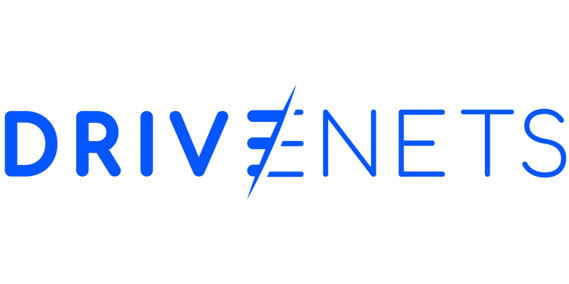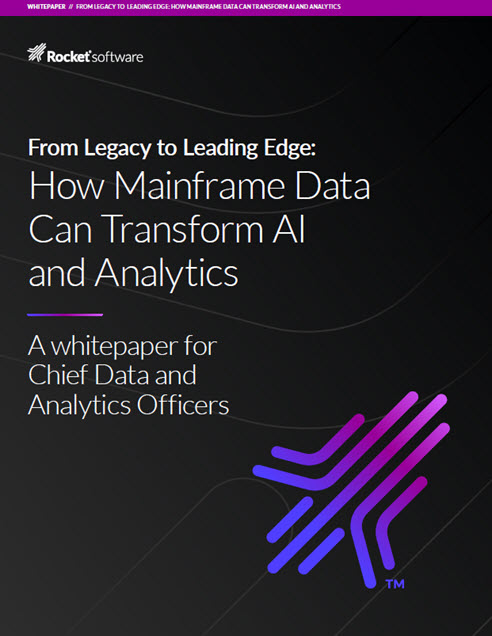In today’s digital world, data is a powerful tool that enables businesses to make smarter decisions. In the financial sector, decision-making often comes with a higher degree of risk, but with insights provided by big data, those risks can be mitigated, leading to increased revenue and enhanced efficiency.
Additionally, data can also be used to improve sustainability initiatives. Tracking certain data can significantly improve corporate sustainability. This is increasingly necessary in order to retain eco-conscious customers and comply with changing environmental government policies.
Whether the goal is to use data to improve performance and productivity or to be more eco-conscious, the end result is smarter decisions that enable the sustainable, long-term success of a business.
Using Big Data for Enhanced Financial Decision-Making
Big data provides nearly endless possibilities when it comes to what can be tracked and used for insights. For financial businesses or any business wanting to improve financial decision-making, the following are some of the top ways to use data for better performance and reduced risk.
1. Loan Approval and Credit Risk Assessment
For financial institutions that operate as lenders, data analytics can be used to reduce risk when assessing creditworthiness. For loan approvals, analytics software can be used to sort through application data and more easily find information that points to whether or not the applicant is a good candidate for that type of loan. These same tools can be used for credit risk assessments, as they can look beyond traditional credit score data and dig into things like public records, payment history, and income-earning potential to determine an applicant’s creditworthiness.
2. Identifying Trends
Using data to identify market trends can help businesses make more strategic investment decisions. Big data enables the analysis of long-term historical information. This can reveal trends that are otherwise not visible with traditional analysis methods, such as using balance sheets, charts, and volume indicators. By gaining deeper insights into the market, it allows for better investment decisions that can improve planning and growth.
3. Enhancing Customer Experience
Personalizing customer services is critical as the market grows more competitive. With big data analytics, you can sort through greater amounts of customer information in a shorter amount of time, which enables a greater degree of personalization. By having access to such large quantities of data, businesses can also select information based on unique customer profiles and use it to create customized risk profiles and personalized plans.
4. Financial Forecasting
Data analytics tools also enable a peek into the future, enabling financial forecasting. These tools can analyze things like public sentiment, industry trends and activity, and economic indicators to project future patterns. This allows for proactive decision-making, enabling businesses to get ahead of trends before they occur, which provides a competitive advantage.
5. Enhancing Corporate Sustainability
Big data makes it possible to monitor a company’s overall sustainability, by collecting and analyzing data from multiple sources. This includes data that comes from cloud-based accounting software, AI-driven ESG reporting, impact measurement and management (IMM) software, digital document storage systems, IoT sensors, and even telecommunication tools. By collecting data from these various sources, companies can get a better overall picture of their environmental impact, allowing them to develop better strategies for improving sustainability initiatives.
Final Thoughts
The key to utilizing data effectively is organization. When data is being pulled from various sources and systems, it’s easy for businesses to lose track and struggle to bridge the gap between the information itself and turning it into action or smarter decisions. This is where workload automation and orchestration (WLA&O) come into play.
The WLA&O approach is about moving and orchestrating the data from various sources into a centralized database so it is more organized and easier to access. WLA&O is also about automating data processes, to keep data workflows moving smoothly, which can prevent delays and errors. A well-orchestrated and automated data system is necessary when handling big data to ensure the information can be accessed and interpreted to help move business decisions forward.
About the Author

Ainsley Lawrence is a freelance writer interested in business, life balance, and better living through technology. She’s a student of life, and loves reading and research when not writing.
Sign up for the free insideAI News newsletter.
Join us on Twitter: https://twitter.com/InsideBigData1
Join us on LinkedIn: https://www.linkedin.com/company/insidebigdata/
Join us on Facebook: https://www.facebook.com/insideAI NewsNOW




